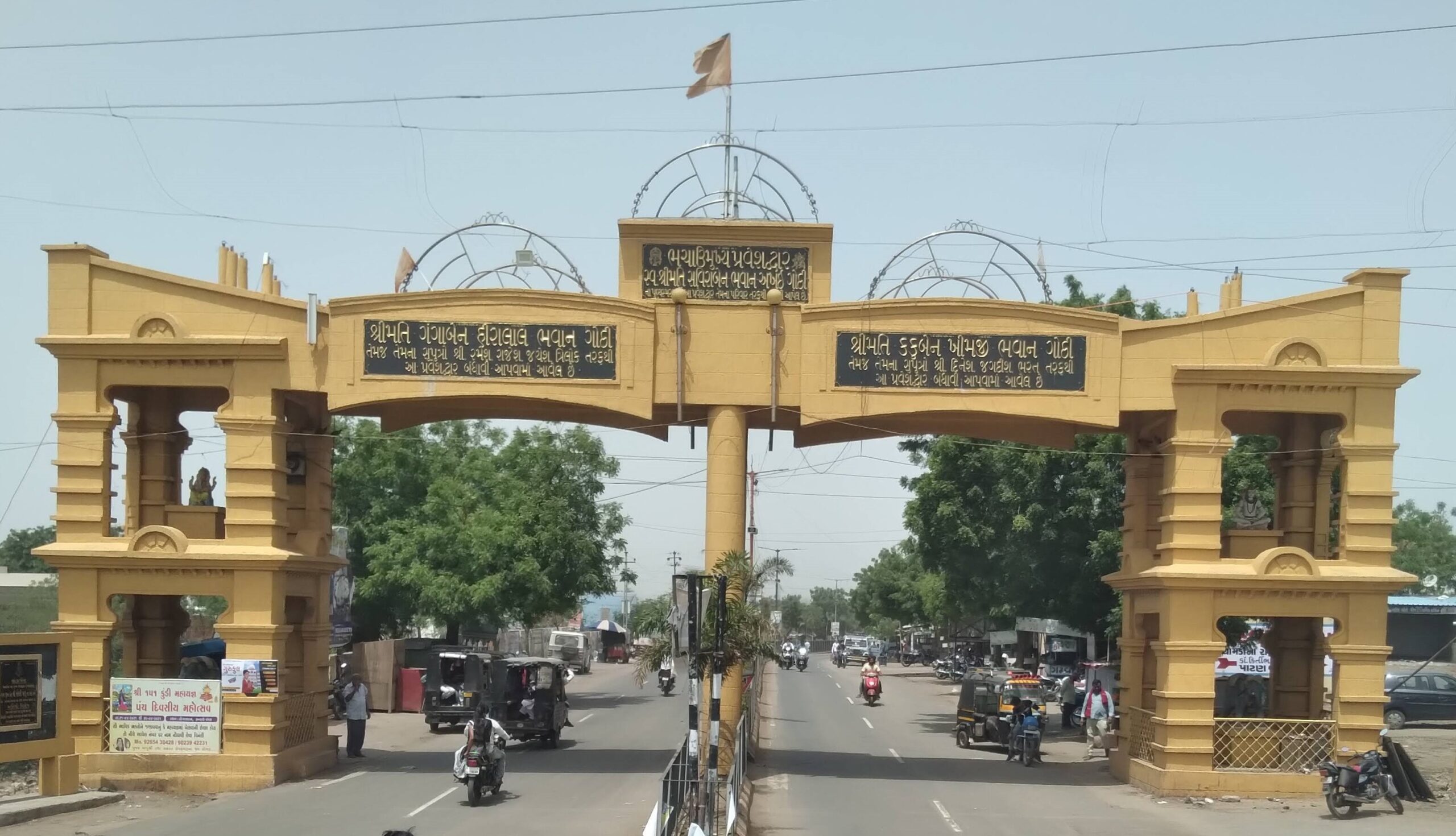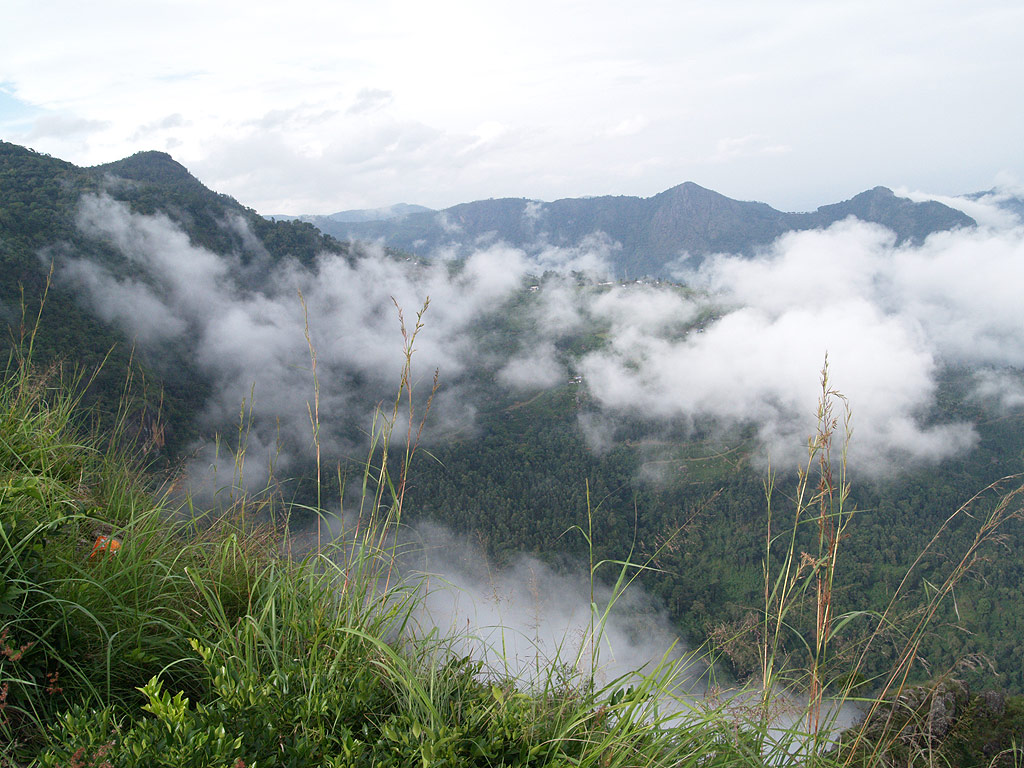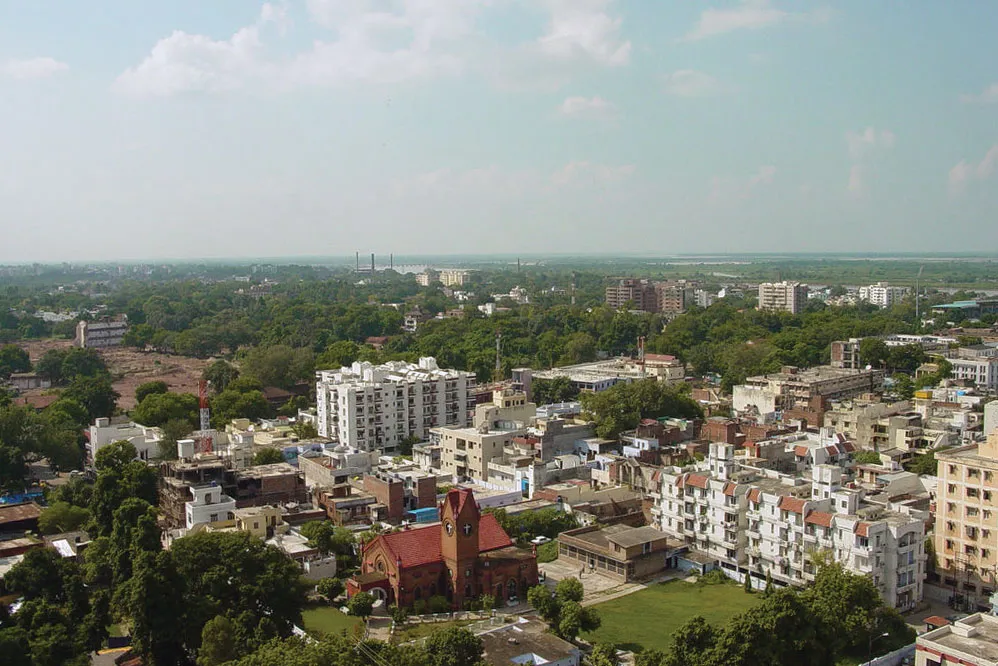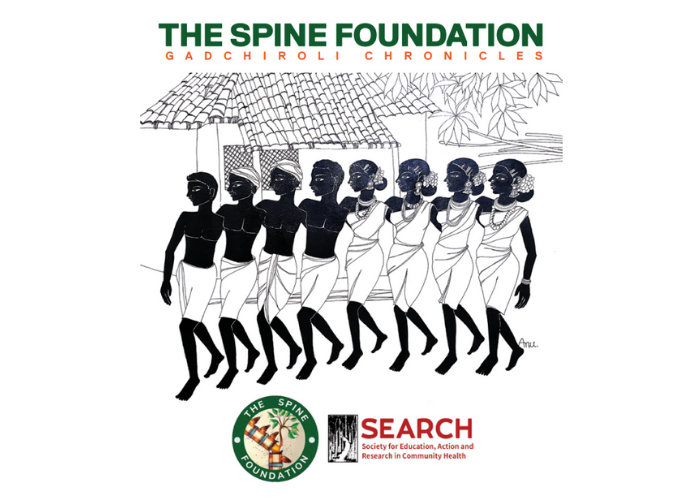How We Bring Spine Surgery to Tribal Villages
How We Bring Spine Surgery to Tribal Villages In the silent, sun-soaked corners of tribal India—where red soil meets forest trails and healthcare is a distant dream—many people live with pain they cannot name. Some stoop not from age, but from decades of untreated spine disorders. Others walk miles, bent and burdened, unaware that help exists. At The Spine Foundation, we’ve made it our mission to take spine surgery—often confined to high-tech hospitals in cities—to the heart of India’s remotest tribal villages. This is a story of bridging gaps, of healing spines, and of restoring lives with dignity and hope. The Silent Suffering in Tribal India In places like Jawhar, Nandurbar, Dahanu, and Melghat, back pain is more than discomfort—it’s a way of life. Farmers till fields with herniated discs. Elderly women walk to wells with collapsed vertebrae. Children live with undiagnosed spinal deformities. But because the symptoms build gradually—and because pain is normalized—spinal disorders often go untreated for years. There are three core challenges in these regions: Lack of awareness: Most people don’t recognize early signs of spine disorders. Lack of access: The nearest specialty hospital may be over 100 km away. Lack of affordability: Even if they reach a hospital, surgery costs are out of reach. This is where The Spine Foundation steps in—not just as a medical provider, but as a lifeline. Our Vision: Taking Care to the Last Mile Founded by Dr. Shekhar Bhojraj, India’s leading spine surgeon, The Spine Foundation is built on a simple belief: “No one should live in pain simply because of where they were born.” To translate this vision into action, we do not wait for patients to come to us. We go to them. Our work begins with screening and awareness camps in rural and tribal areas. Local volunteers, village health workers, and physiotherapists identify patients showing signs of spinal issues—back pain, numbness, weakness in limbs, or deformity. From there, the journey begins. Setting Up Rural Spine Surgery Camps Every surgery camp in a tribal district is the result of months of coordination and compassion. Here’s how we make spine surgery possible in places where even an X-ray machine is a rarity. 1. Identifying Needful Patients Our local healthcare teams, including Rural Spine Health Workers trained by us, maintain contact with patients across villages. Preliminary assessment and imaging is done at rural partner hospitals like JJ Hospital Rural Branches, Paral Hospital (Melghat), or Sanjeevan Hospital (Jalgaon). Our spine surgeons and fellows screen the reports remotely and shortlist surgical candidates. 2. Assembling a Mobile Surgical Team We create a traveling team of: Spine surgeons (fellows trained under The Spine Foundation) Anesthetists Operation theatre technicians Physiotherapists All equipment, including operating microscopes, C-arms, drills, and surgical instruments, are transported from Mumbai. 3. Partnering with Local Hospitals We collaborate with rural hospitals that can offer: Basic OT infrastructure In-patient care beds Post-operative monitoring support Our core partners include Kasturba Hospital (Dahanu), PRMM Hospital (Jawhar), and others who trust our process and provide space and support. 4. Performing Surgeries with Precision Over 2–3 intensive days, the team performs: Microdiscectomies Decompressions Spinal fusions Tuberculosis-related spine reconstructions We maintain the same surgical safety protocols used in city hospitals. In many cases, patients walk out upright for the first time in years. Post-Operative Care and Follow-up Surgery is just the beginning. Our team ensures: Regular physiotherapy is provided by local Rural Spine Health Workers. Follow-up camps are held to monitor recovery. Tele-rehabilitation is used when in-person visits aren’t feasible. We also educate patients and families about: Lifestyle changes Medication adherence Red flags for recurrence Stories That Inspire Us While we avoid fictional storytelling, real stories from our camps speak volumes. People like: Anna Kunthekar from Mokhada, who couldn’t walk without help due to lumbar spine TB, is now helping other women in her village get screened. Rajani Patil from Jalgaon, who suffered from a slipped disc for two years, received a successful surgery through our Melghat camp. Nanda Surve from Palghar, a farmworker with a crushed vertebra, returned to work 4 months after spinal fixation. These are not stories of just surgery—they’re stories of restored livelihood, regained dignity, and hope. Training the Next Generation of Rural Spine Surgeons A key pillar of our mission is capacity building. We train: Young orthopedic surgeons from across India through our Spine Fellowship Program. Local physiotherapists and health workers to recognize and manage spine cases. Community volunteers, ensuring that even in our absence, the ecosystem continues to thrive. Overcoming Challenges in the Field Bringing advanced surgeries to tribal regions isn’t easy. We face: Electricity shortages Lack of surgical consumables Language barriers Patient reluctance due to fear or stigma. But through trust-building, consistent presence, and partnerships, we navigate these with empathy and innovation. Our Impact Dozens of camps held annually across Maharashtra and rural India. Thousands screened, hundreds operated. Permanent spine care centers now functional in Melghat, Jawhar, Dahanu, and Nandurbar. Most importantly, we’ve created a model of decentralized, cost-effective spine care that can be replicated across India. The Road Ahead Our dream is to establish Spine Surgery as a right, not a privilege. We aim to: Expand our camps into Chhattisgarh, Odisha, and North-East India. Build a network of 100 Rural Spine Health Workers across India by 2026. Create a rural tele-spine hub, connecting patients to surgeons via mobile tech. You Can Support This Mission You can be a part of this change. Here’s how: Donate to sponsor a surgery or physiotherapy kit. Partner with us as a rural hospital or health NGO. Volunteer your time or skills in media, tech, logistics, or healthcare. Every step forward means one more person stands taller, walks freer, and lives better. Conclusion: A Straight Spine, A Stronger Future In tribal villages where healthcare is a privilege, The Spine Foundation is redefining what’s possible. We’re not just bringing surgeries—we’re restoring lives, rebuilding confidence, and reconnecting people with hope. Because when we heal a spine, we do more than fix bones. We give someone the strength to live
How We Bring Spine Surgery to Tribal Villages Read More »







 Purulia (West Bengal): 27 Nov - 30 Nov 2025
Purulia (West Bengal): 27 Nov - 30 Nov 2025
 Bhachau (Gujarat): 04 Dec - 07 Dec 2025
Bhachau (Gujarat): 04 Dec - 07 Dec 2025
 Gadalur (Tamil Nadu) Feasibility Visit : 10 Dec - 11 Dec 2025
Gadalur (Tamil Nadu) Feasibility Visit : 10 Dec - 11 Dec 2025
 Kanpur (Uttar Pradesh) Feasibility Visit : 12 Dec - 14 Dec 2025
Kanpur (Uttar Pradesh) Feasibility Visit : 12 Dec - 14 Dec 2025
 Jalgaon (Maharashtra) : 11 Dec - 14 Dec 2025
Jalgaon (Maharashtra) : 11 Dec - 14 Dec 2025
 Silchar (Assam) : 18 Dec - 21 Dec 2025
Silchar (Assam) : 18 Dec - 21 Dec 2025
 Kankavli (Maharashtra) : 19 Dec - 21 Dec 2025
Kankavli (Maharashtra) : 19 Dec - 21 Dec 2025










